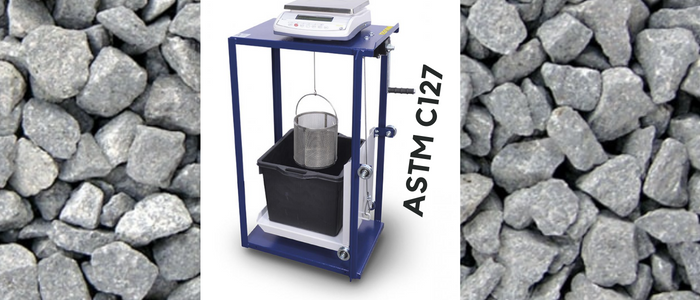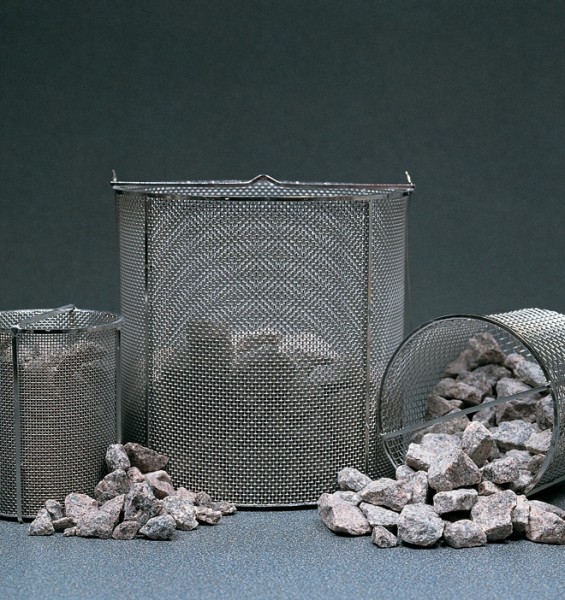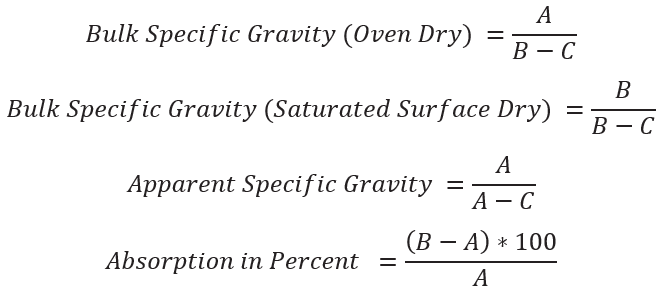Specific Gravity and Absorption of Coarse Aggregate
Here, we walk you through the test procedure described in ASTM C127 to conduct the experiment related to the specific gravity and absorption of coarse aggregate.
Purpose of ASTM C127
The objective of “Standard Test Method for Relative Density (Specific Gravity) and Absorption of Coarse Aggregate” is to determine the bulk and apparent specific gravities of coarse aggregate, which provide an indication of the quality of aggregates.
Distinction is made between the bulk density of aggregates, which takes into account the volume of voids between aggregate particles, and the density of aggregate particles, as measured by Test Method C29/C29M.
Also, ASTM C127 aims to find the absorption of coarse aggregate, where absorption is the process by which water is drawn into and tends to fill the permeable pores in a porous solid body.
What is specific gravity?
The weight of the aggregate divided by the weight of an equal volume of water is known as specific gravity.
Needed Equipment and Materials
Tools for ASTM C127 (Specific Gravity and Absorption of Coarse Aggregate)
To determine the specific gravity and absorption of coarse aggregate, the following tools are needed:
- A scale that has a minimum capacity of 2 kgs and accuracy of 0.1 grams.

- A wire basket that has a 3.35 mm mesh size; you can choose a finer mesh if available. The capacity of the basket should be around 1 liter.
A Wire basket - An appropriate balance and tools for use in suspending the aggregate sample in water.
- Water tank into which the sample container is placed while suspended below the balance.
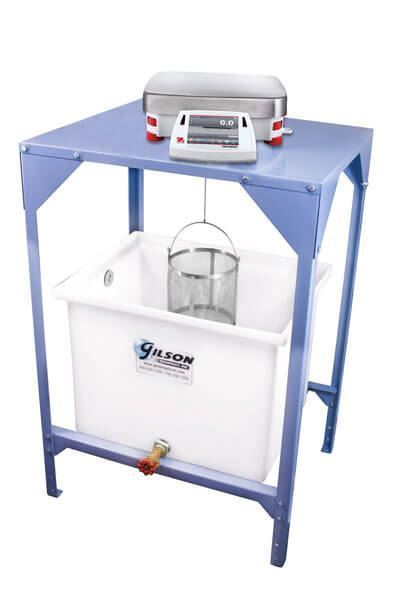
- Large splitter
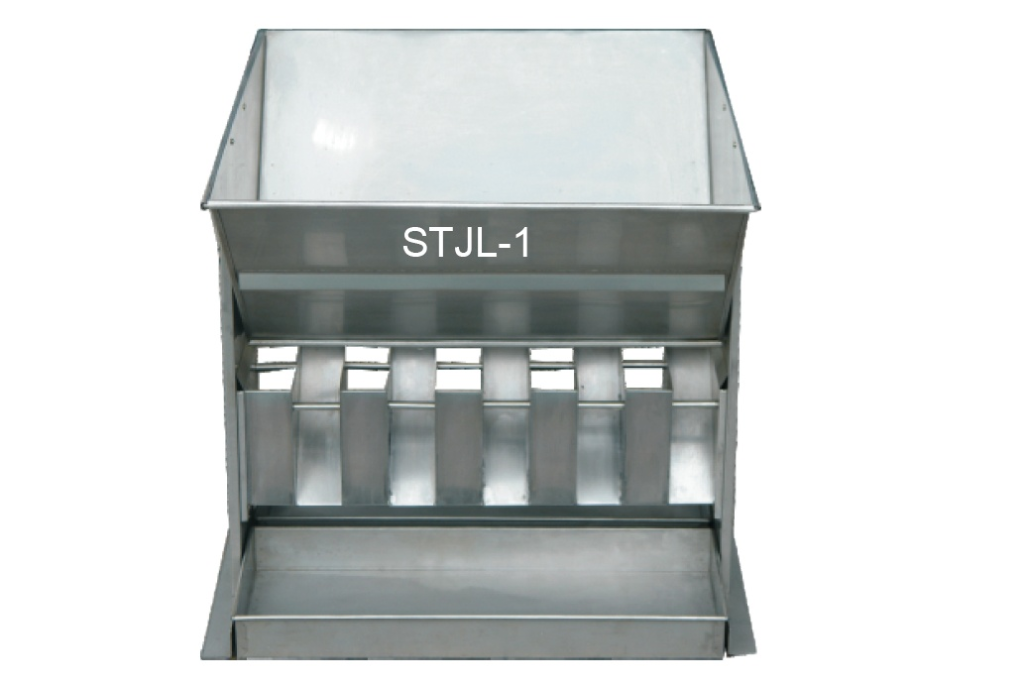
- Sieves: 4.75-mm (No. 4) sieve
- An oven with enough space and capable of maintaining a uniform temperature of 110 plus or minus 5 °C
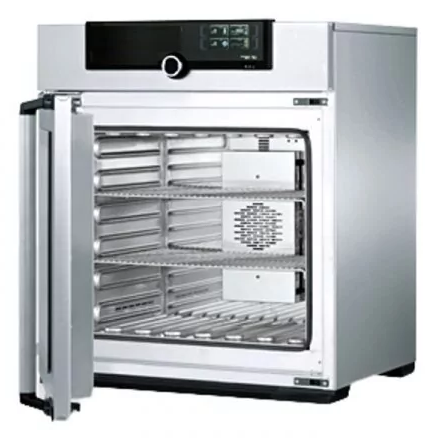
PPE (Specific Gravity and Absorption of Coarse Aggregate)
- Safety glasses
- Rubber gloves
- Mask

Materials
The sample required from coarse aggregate is 5 kg. The nominal maximum size of the aggregate is 37.5 mm or less and all sample should gets retained on the 4.75 mm (No. 4) sieve
ASTM C127 Test Procedure
- First, you need to get the sample of the aggregate. You can do this either by quartering or using a sample splitter. The sample size should be 5 kg with no material passing the No. 4 sieve.
- Clean the aggregate sample by thorough washing to get rid of all dust and/or any other coatings or attached debris to the surface of particles.
- Put the sample in oven for drying until constant weight. The temperature of the oven should be 100° to 110°C.
- After drying, cool the sample at room temperature for 15 minutes.
- Immerse the coarse aggregate sample in clean water at room temperature for around 30 minutes.
- Get the sample out of water and wipe the particle with a dry cloth until the surface water film is removed.
- Weigh the sample in that saturated surface dry condition (SSD) to the nearest 0.5 grams.
- Right after you weight the sample, place it in a wire basket, suspend in water and get the buoyant weight.
- Again, dry the sample in an oven at a temperature of 100° to 110°C for at least ½ hour and weigh.
Special Instructions
- Find the specific gravities of three coarse aggregate samples. Test the fourth sample if necessary to ensure that the three sets of results differ by no more than 2% from one another. Repeat the entire test if these accuracy requirements are not fulfilled.
- It’s crucial to create a Portland cement concrete mix with the correct specific gravity. Whether the aggregates are being batched under an oven dry or a saturated surface dry (SSD) condition, the exact specific gravity employed must be compatible with the moisture state of the aggregates. You can employ either particular gravity. The aggregates are completely devoid of absorbed or surface water when they are in an oven-dry condition. The aggregates’ water-permeable voids are filled with water in an SSD situation, but no extra free water is present.
Computations and Data Sheet
Computations (Specific Gravity and Absorption of Coarse Aggregate)
where:
A = weight of oven-dry sample in air, grams
B = weight of saturated surface dry (SSD) sample in air, grams
C = weight of saturated sample in water, grams
Data sheet (Specific Gravity and Absorption of Coarse Aggregate)
You can use the data sheet below to document your findings.
| Passing……sieve & Retained on …… sieve | Sample 1 | Sample 2 | Sample 3 | Sample 4 |
| Oven dry weight of the sample in grams [A] | ||||
| SSD weight of the sample in grams [B] | ||||
| Saturated weight of the sample in water in grams [C] | ||||
| Bulk specific gravity (bulk SG) | ||||
| Apparent specific gravity (apparent SG) | ||||
| Effective SG | ||||
| Absorption ratio , % | ||||
| Average values for all specimens: Bulk SG = …… Apparent SG = ………. Effective SG = …….. Absorption = ……. % | ||||
Note that you do not have to do four samples as mentioned earlier.
Keep in mind that the last value obtained in the laboratory will be (A), which is the weight of the oven dry sample.
Once the sample becomes in the saturated surface dry condition (SSD) and weighed, The value is (C). which is, in effect, a measure of buoyancy.
To get the value (A), the aggregates are placed in an oven and dried to a constant weight. The four values, bulk (dry and SSD), apparent, and absorption, are then computed for each sample. Based upon the results, a decision needs to be made as whether or not to test the fourth sample.
The results are finally determined by averaging the values of the samples that meet the requirements for the guidelines. The different mix design computations will then make use of these data. It is crucial to establish precise specific gravities because of this. If the outcomes are in doubt, don’t be hesitant to restart the entire process.
Specific gravity and water absorption recommendations for aggregates in construction
The typical range of specific gravity for aggregates used in construction is from 2.5 to 3.0, with an average of 2.65-2.70.
The absorption ratio of coarse aggregate can vary from 0.2-1.8% but a value of not more than 0.60 is recommended to avoid aggregate problems.
Reference: Standard Test Method for Relative Density (Specific Gravity) and Absorption of Coarse Aggregate
Read Also: Determination of Specific Gravity of Soil
